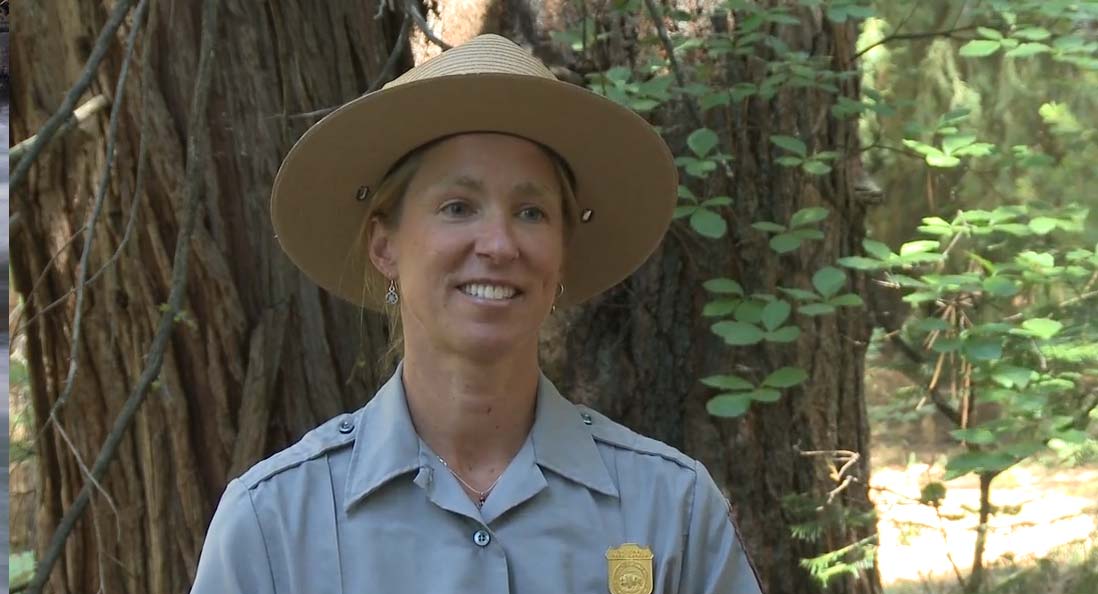*This is a 2019 archived project, view this year’s projects here.
High above Yosemite Valley, peregrine falcons soar against granite backdrops, dive at scorching speeds and nest on towering cliffs. Just a few decades ago, these fast-flying raptors neared extinction; thanks to nationwide recovery efforts and DDT bans, they have rebounded.
In Yosemite, Conservancy donors have played a key role in funding the park’s efforts to save peregrines. Meanwhile, on the walls, rock-climbers have witnessed the raptors’ comeback while collaborating with wildlife experts to ensure the success of falcon broods.
In 2019, your support helped the park’s falcon population continue to flourish, through a project focused on ensuring climbers share the cliffs safely with peregrines, which remain a special-status species in California.
Through this grant, biologists used surveys of peregrine breeding sites to implement targeted, temporary closures of climbing routes near nesting areas. This data-driven process balances recreation and wildlife management by protecting fledgling falcons while maximizing climbers’ access to the walls. During the 2019 season, researchers surveyed more than two dozen cliff sites, from El Capitan to Fairview Dome, and documented 14 peregrine pairs living in the park. They closed climbing routes near nest sites in March, and had lifted all closures by early July, as peregrine chicks left the nests.
Your support helped scientists and climbers work together to protect an iconic bird of prey.
Completed in partnership with Yosemite National Park.

